 Humans
Humans  Humans
Humans  Animals
Animals 10 Animals That Humiliated and Harmed Historical Leaders
 History
History 10 Most Influential Protests in Modern History
 Creepy
Creepy 10 More Representations of Death from Myth, Legend, and Folktale
 Technology
Technology 10 Scientific Breakthroughs of 2025 That’ll Change Everything
 Our World
Our World 10 Ways Icelandic Culture Makes Other Countries Look Boring
 Misconceptions
Misconceptions 10 Common Misconceptions About the Victorian Era
 Mysteries
Mysteries 10 Strange Unexplained Mysteries of 2025
 Miscellaneous
Miscellaneous 10 of History’s Most Bell-Ringing Finishing Moves
 History
History 10 Great Escapes That Ended Right Back in Captivity
 Humans
Humans 10 Everyday Human Behaviors That Are Actually Survival Instincts
 Animals
Animals 10 Animals That Humiliated and Harmed Historical Leaders
 History
History 10 Most Influential Protests in Modern History
Who's Behind Listverse?

Jamie Frater
Head Editor
Jamie founded Listverse due to an insatiable desire to share fascinating, obscure, and bizarre facts. He has been a guest speaker on numerous national radio and television stations and is a five time published author.
More About Us Creepy
Creepy 10 More Representations of Death from Myth, Legend, and Folktale
 Technology
Technology 10 Scientific Breakthroughs of 2025 That’ll Change Everything
 Our World
Our World 10 Ways Icelandic Culture Makes Other Countries Look Boring
 Misconceptions
Misconceptions 10 Common Misconceptions About the Victorian Era
 Mysteries
Mysteries 10 Strange Unexplained Mysteries of 2025
 Miscellaneous
Miscellaneous 10 of History’s Most Bell-Ringing Finishing Moves
 History
History 10 Great Escapes That Ended Right Back in Captivity
Top 10 Incredible Pieces Of Archaeology Pulled From The Trash
Humans are by nature pretty wasteful. Once we have extracted our use from any items we tend to discard the remnants and not care too much about what happens to them. While today’s landfill sites are overflowing waste management is not just a modern problem however. As far back as we look we can find evidence of human habitation by searching for their garbage. And sometimes it is that very rubbish which provides the greatest insights into our history. Here are ten bits of archaeology that are literally rubbish.
10 Strange Archaeological Discoveries
10 Holey Skulls
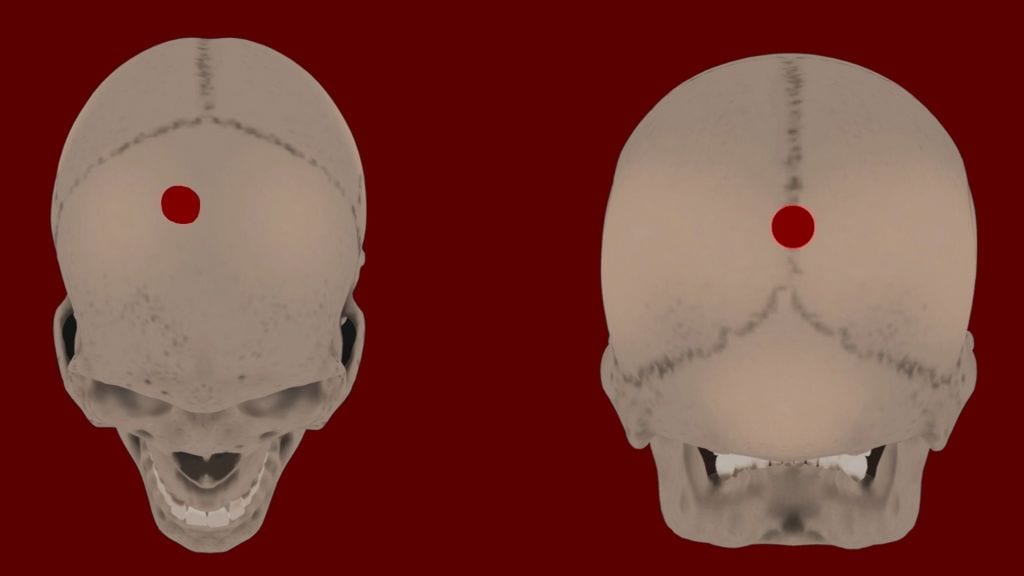
When archaeologists find human remains the amount they can learn from them can be spectacular. Everything from their age, sex, social class, down to their diet can be revealed from their bones. Often the context that they are discovered in is just as important. Were they buried with great pomp and loaded with grave goods? In the case of four skulls found in an Incan village in the Andes they were excavated from a pit full of food scraps and other domestic detritus. Just what was going on?
Found without their bodies and in the middle of garbage it is unlikely that these skulls belonged to the honoured dead. When the fragments of the skulls were pieced together it was revealed that holes had been cut into the tops of them. These holes and other marks left on the bones suggest the skulls were strung up on rope – likely as a warning to others.
The skulls date from a period when the Inca were expanding. Those that resisted their take over would face death or enslavement. That the four skulls came from three women and one child probably reflects the fact that men were too valued as hard-working slaves to be wasted on terror tactics.[1]
9 Collapse of Elusa
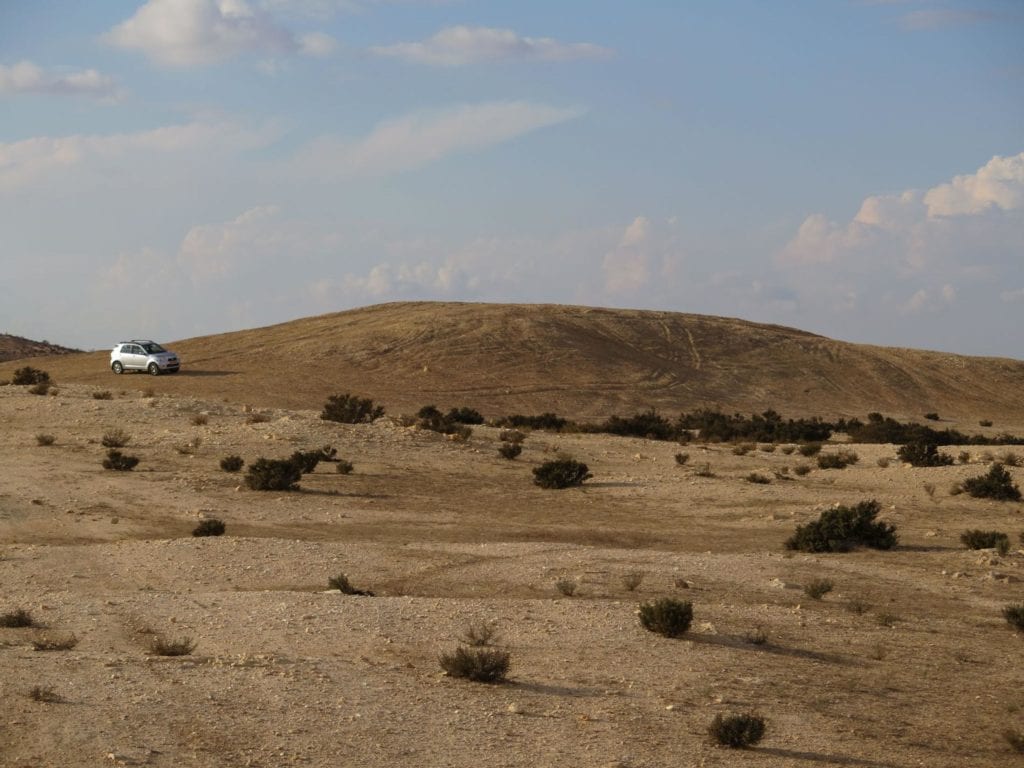
Elusa was once a flourishing city in the middle of the Nagev desert in modern-day Israel. Up to 20,000 people called the city their home and enjoyed all the delights of a Roman and Byzantine metropolis. Growing grapes and producing a valuable wine allowed the city to expand and build theatres, bath houses, and churches. Yet within a few generations the city dwindled to insignificance and all that was left were ruins buried under sand or ransacked by outsiders. Were Muslim invaders to blame for the fall of Elusa? The clues to what happened were found in the refuse left behind by the inhabitants.
By studying the layers of garbage in the cities dumps archaeologists could date fairly precisely when rubbish stopped being brought to them. With a date of around 550 AD this was far too early for the collapse of the city to be caused by Islamic forces. Combined with other evidence it may show that climate change was to blame.
Three major volcanic eruptions seem to have caused what researchers call the Late Antique Little Ice Age. With crops failing across Europe there was likely a disruption of trade that brought an end to Elusa’s wine business. All those who depended on it must have abandoned the city in search of better prospects.[2]
8 Mudlarking
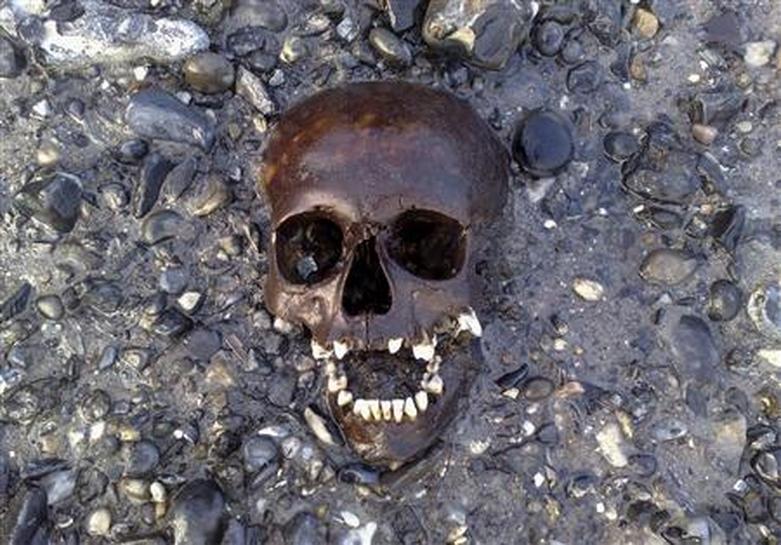
Rivers have always served cities as an easy way of getting rid of sewage and garbage and the Thames in London is no exception. Hundreds of years ago people with no other way of making a living searched the foreshore of the river for anything that had been discarded which could have any value at all. Because of the clinging London mud and their bird-like dependence on the tide these scavengers were called Mudlarks. Nowadays mudlarks are amateur archaeologists who still wade out into the mud, now searching for artefacts that might reveal clues about London’s past.
On the banks of the Thames there have been finds dating from all periods of the city’s habitation. Swords and other blades from the Bronze Age have been recovered from the water. Often bent and damaged on purpose they were likely deposited as ritual offerings – blurring the line somewhat between garbage and religion. Roman pottery and pieces of hypocaust tile show how they lived, while burned roof tiles can tell us about the time Boudicca sacked the city. Everything from gold coins to broken bottles can reveal the lives of Londoners from throughout history. Rubbish from all ages was simply swept into the Thames and awaits those brave, or foolhardy, enough to go searching there.[3]
7 Chinese Oracle Bones
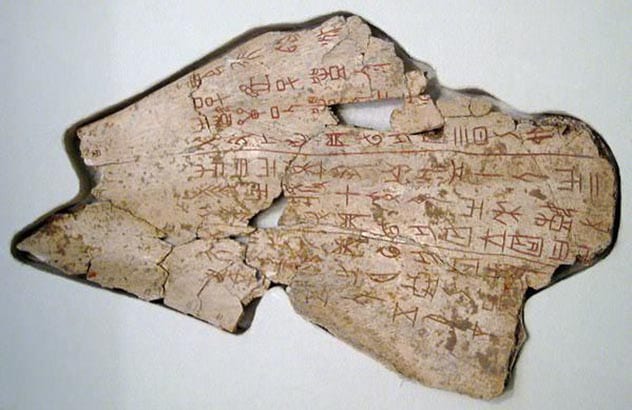
Ironically predicting the future has given us one of our greatest windows into the past. The earliest surviving Chinese writing was recorded by those who, over 3000 years ago, tried to divine the future from bones and turtle shells. Those tasked with predicting the future would write the question that needed answering on the scapula bone of an ox or the underside of a turtle shell. Then a hot rod of metal was placed on the bone until it cracked. The way in which the cracks broke across the surface was interpreted to reveal the answer to the question – which helpfully was also recorded on the bone.
The oracle bones were rediscovered when 1899 when the Chancellor of the Imperial Academy fell ill. Prescribed a traditional medicine made from ‘Dragon Bones’ he ordered some and was startled to discover they were covered in ancient Chinese script. Soon searches were made for the source of these bones and over 50,000 discarded bones with writing on them have since been turned up revealing pieces of Chinese history that would otherwise have been lost.[4]
6 Viking Middens
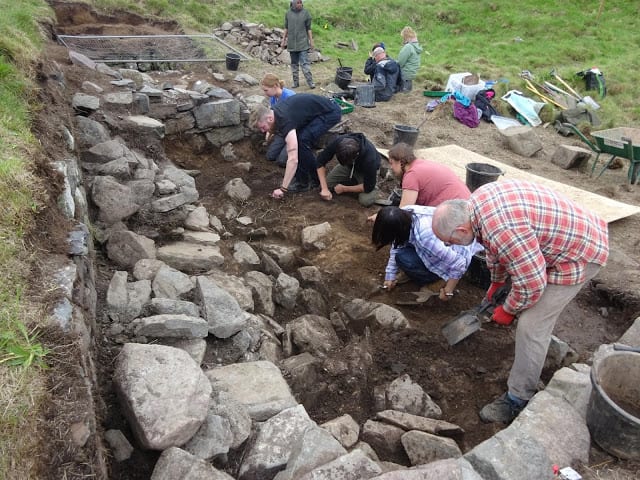
Norse explorers were the masters of sea travel. Setting out from their homes in Scandinavia they travelled across the known world, and even beyond it. The Norse discovered Iceland, Greenland, and even visited North America. Yet despite their successes the settlements in Greenland and North America failed to survive. Just why has always been a puzzle but middens, heaps of garbage, are beginning to clear up the mystery.
By examining the remains of Norse food left in the middens of farmsteads archaeologists can tell what the settlers were eating. In the earliest levels the diet was similar to those of the Norse at home as cattle and farming techniques they brought with them flourished in the new lands. Yet as time went on more and more the Norse had to rely on seal and fish to survive. The middens tell the story of harsh winters and a failure of trade to replenish the settlers’ supplies.[5]
10 Pigments With Colorful Histories
5 Megamiddens
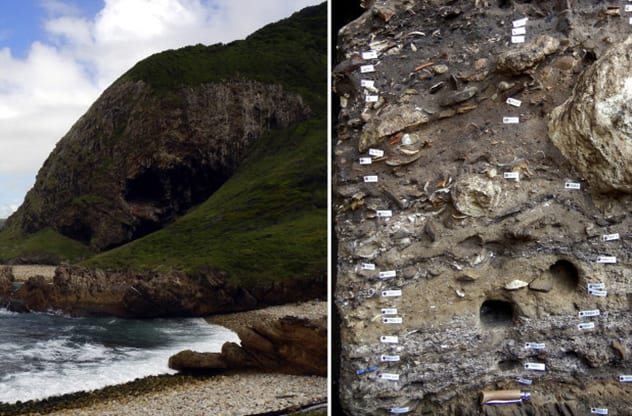
Shell middens are a particular type of rubbish dump primarily made from, obviously, shells. These tend to be the shells of molluscs like mussels, limpets, and whelks but also fish bones and other marine creatures. Wherever they are found they excite archaeologists because they can tell us a lot about how our ancestors lived by looking at what their diet consisted of. But sometimes it is their size that excites our interest.
In some places the pile of shells is so large that the middens are termed Megamiddens. Hundreds of metres wide and metres deep they can be made from billions of sea shells that are all that remains of our ancestors’ lunches. There are those however who think shell middens may be more than mere trash.
In Florida an area covering 100 acres has been found to have been created using leftover shells. Banks, canals, walls, and mounds were all constructed from shells piled together.[6]
4 Monte Testaccio
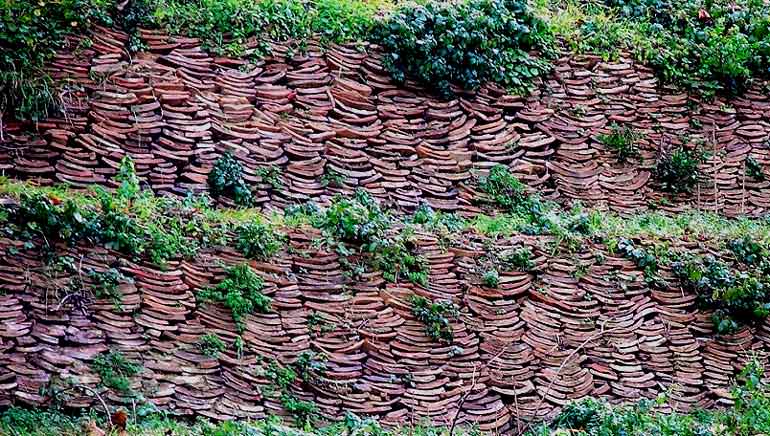
Rome in its Imperial heyday was one of the largest cities in the world. It stands to reason then that it must have had some of the largest garbage dumps in the world too. At Monte Testaccio, now in the heart of a trendy Roman suburb, you can find a hill formed from the trash created by Rome’s oil trade. And archaeologists could not be more excited.
Olive oil was the lifeblood of Ancient Rome used for everything from cooking, to cleaning the body, to fuel in lamps. All the olive trees in Italy could not support the desire for oil and so vast amounts of oil had to be transported to the city. Moved in large ceramic vessels called amphorae the oil industry produced a huge amount of waste pottery. Up to 80 million amphorae were disposed of at Monte Testaccio – enough to create a hill 150 feet tall.
In the centuries since the abandonment of the dump it has been used as both a park and a gun emplacement. By digging into the hill archaeologists can create a chronology of the oil trade by examining the amphorae and tracing them to their origin.[7]
3 Ostraka
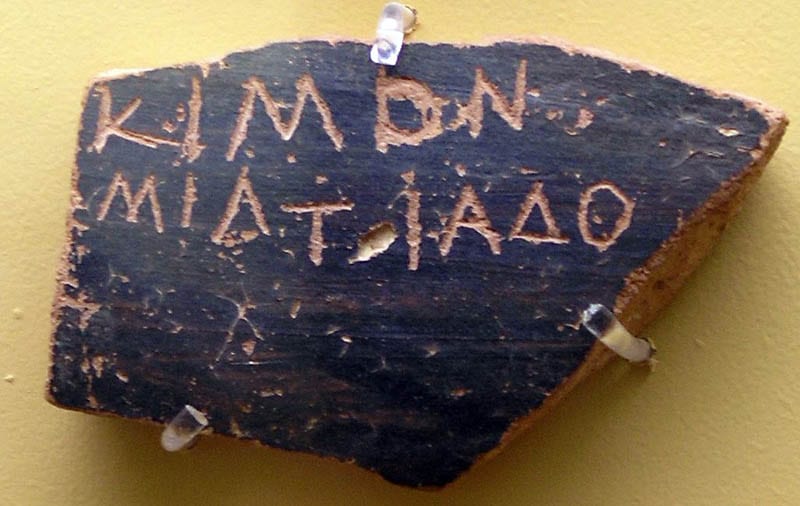
In many Western countries it is common to look back on the ancient Athenian democracy as the source of our own democracy. Yet in many ways it was a weird place. One of the defining features of the Athenian system is entirely absent from ours – Ostracism. Though maybe it is worth bringing back.
Each year the Athenians would gather and vote on whether to have an ostracism. If the vote was in favour then another vote was held where each Athenian citizen would be allowed to vote for the person they most wanted to see thrown out of the city. Whoever received the most votes was exiled for a period of ten years. This procedure was used as a way of ridding the city of those who were thought to be a threat to the democracy.
The name Ostracism comes from the ostraka, sherds of pottery, on which the names of those people wanted to ostracise were scratched. Several of these broken bits of pottery still survive and bear the names of some of the great figures from antiquity including Themistocles, Pericles, and Aristides.[8]
2 Letters from Hadrian’s Wall
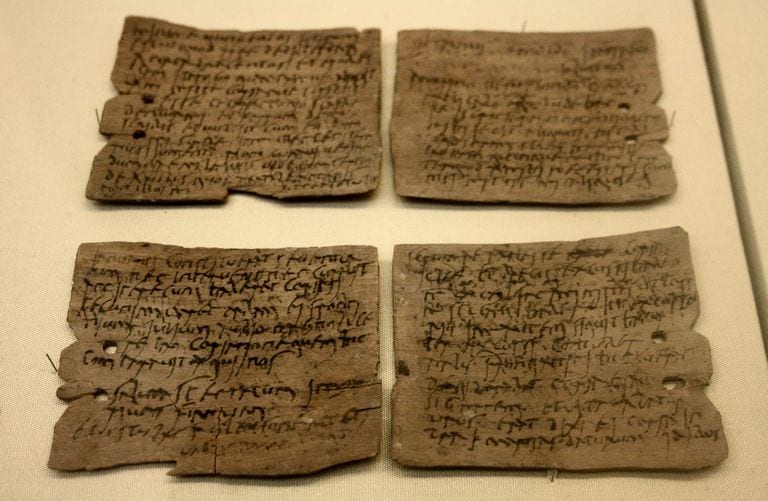
Hadrian’s Wall in northern England was once at the extreme frontier of the Roman Empire. Historians would love to know much about Hadrian’s Wall – including what exactly it was designed to do. In one way though it is adding a great deal to our knowledge of life in the Roman Empire. At Vindolanda, one of the forts along the wall, many letters sent and received by those who lived there have been recovered from trash heaps.
Written in ink on thin strips of wood these letters have survived because of the damp conditions in which they were thrown away. Among the letters are everything from military orders to complaints about food. One letter, an invitation to a birthday party, is the earliest surviving writing in Latin by a woman.
Alongside such domestic matters are clues as to how the Romans viewed the British they had subdued. “The Britons are unprotected by armour. They are very many cavalry. The cavalry do not use swords, nor do the wretched Britons take up fixed positions in order to throw javelins.”[9]
1 Oxyrhynchus Papryi
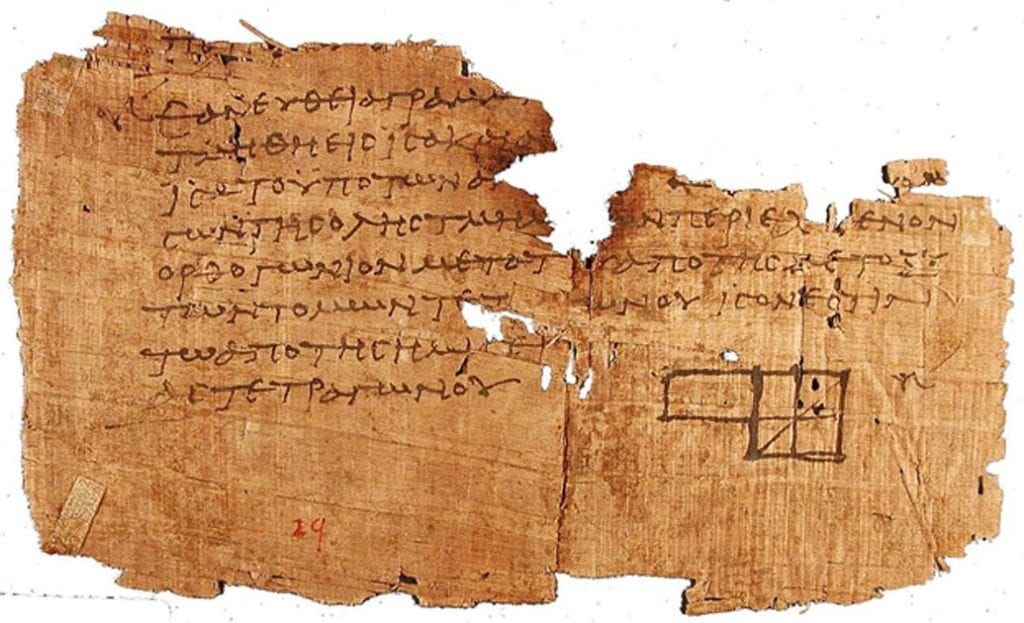
The sands of Egypt have produced some of the most spectacular archaeological discoveries but the most important are probably not golden masks or mummies. The rubbish dumps of a provincial city called Oxyrhynchus have proved to be the source of more ancient written material than anywhere else in the world.
Discovered in 1896 one of the first documents to emerge from the dumps was one called ‘The Sayings of Jesus’ which caused a sensation when translated. Most of the papyri that were excavated proved to be less extraordinary but are no less important to historians. They document private letters, contracts, business deals, horoscopes, and spells that reveal the lives of ordinary people in the area.
For fans of Ancient Greek literature Oxyrhynchus the discarded papyri have been a godsend. Authors as famous as Sappho, whose work is mostly lost to us, have emerged from the dumps. One fragment of a poem reads:
“Some say an army on horseback,
Some on foot, and some say ships,
Are the most beautiful things,
On this black earth,
But I say it is what you love.”
Written mostly on papyrus the texts have mostly degraded to fragments that need to be pieced together to make sense. This project of transcribing and translating papyri is still very much ongoing with an estimated half a million fragments awaiting examination.[10]
10 Discoveries That Completely Baffle Modern Scientists








